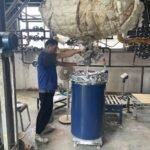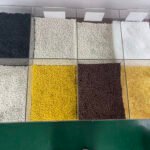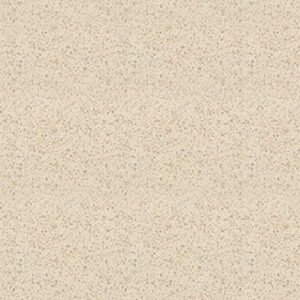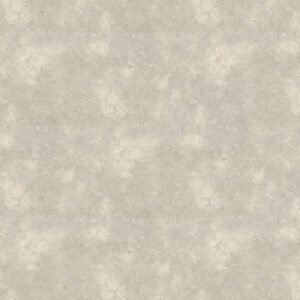Hot Melt Adhesives – Application Techniques
Hot melt adhesives have become an essential adhesive for numerous industries, providing versatile and efficient bonding solutions. From packaging to automotive assembly, the effectiveness of hot melt adhesives depends not only on its formulation, but also on the application technique used. In this blog post, we will explore the various methods of applying hot melt adhesives, the equipment best suited for each technique, and basic tips to ensure the best quality bonds.
Dots and Beads
One of the most widespread methods of applying hot melt adhesives is the dot and bead technique. This method involves dispensing a controlled amount of adhesive onto a substrate in the form of small dots or continuous beads. Typically, hot glue guns equipped with precision nozzles are used for this application.

Types of Hot Glue Guns
- Cartridge-based guns: These portable guns are ideal for mobile tasks, patching, and assembly work that require small amounts of adhesive. They are cost-effective but require relatively expensive cartridges and frequent refills.
- Hose-fed glue guns: While sacrificing portability, hose-fed glue guns can provide a more consistent adhesive application, making them suitable for larger projects.
Spray Applications
Spray applications involve atomizing the hot melt adhesive into fine particles, creating a mist that evenly covers the substrate. This method is particularly effective for large areas and uneven substrates.
Spray Application Equipment
Specialized spray systems such as airless spray guns or LVLP (low volume low pressure) air sprayers are often used for effective coverage. Many spray systems are automated, which allows for controlled deposition and reduces overspray. However, careful monitoring is required to avoid problems such as poor coverage or adhesive penetration.
Coating
Coating is a technique whereby hot melt adhesive is applied to a substrate as a continuous film or web. This method is particularly effective for applications that require a uniform thin layer of adhesive on a flat surface.
Coating Equipment
Automated dispensing systems are often used for coating, ensuring consistent coverage. Equipment such as automated wheel and roller systems are ideal for laminating applications, while slot applicators are often used for pressure sensitive tapes and labels.
Film Applications
Film application involves the use of pre-formed films or sheets of hot melt adhesive. The advantage of this method is that it is simple and amenable to automated processes, allowing for fast and efficient bonding over large areas. Hot melt film applicators are a preferred choice in industries such as packaging and automotive assembly.
Tips for Optimal Bond Quality
To achieve the best bond quality with hot melt adhesives, consider the following tips:
- Proper Substrate Preparation: Make sure the surface is clean and primed if necessary before applying adhesive.
- Maintain Optimal Temperature: Keep hot melt adhesive at recommended temperature to ensure consistent viscosity.
- Perform Equipment Calibration on a Regular Basis: Calibrate equipment regularly to ensure accurate application of adhesive.
- Monitor Adhesive Consumption: Track adhesive usage to avoid over-application or shortages.
- Perform Quality Checks: Perform quality checks regularly to quickly identify and resolve any issues.
By understanding the various hot melt adhesive application techniques and selecting the right equipment, manufacturers can increase efficiency and produce high-quality products across a variety of industries. Whether using point and bead, spray, coating or film application, each method offers unique advantages for specific needs.




















Leave a Reply